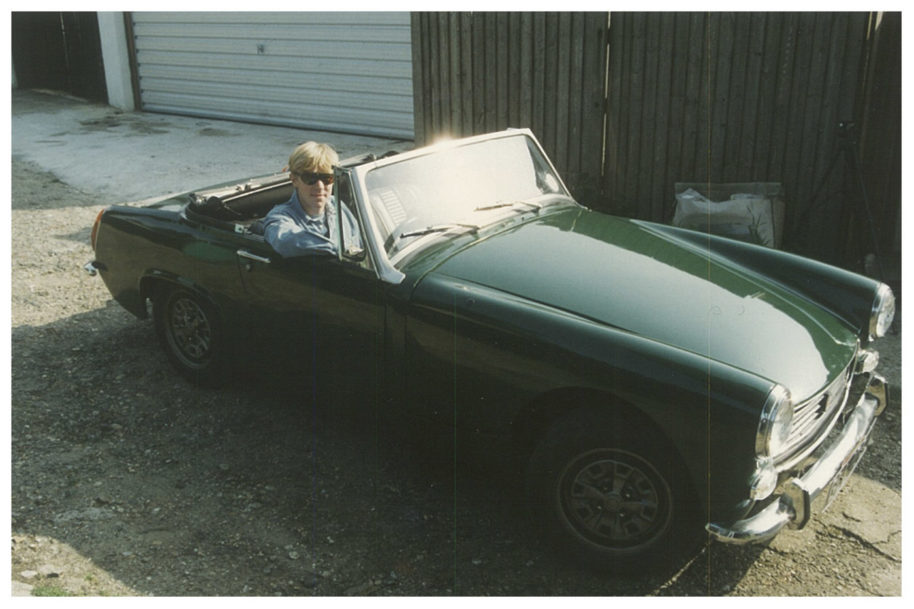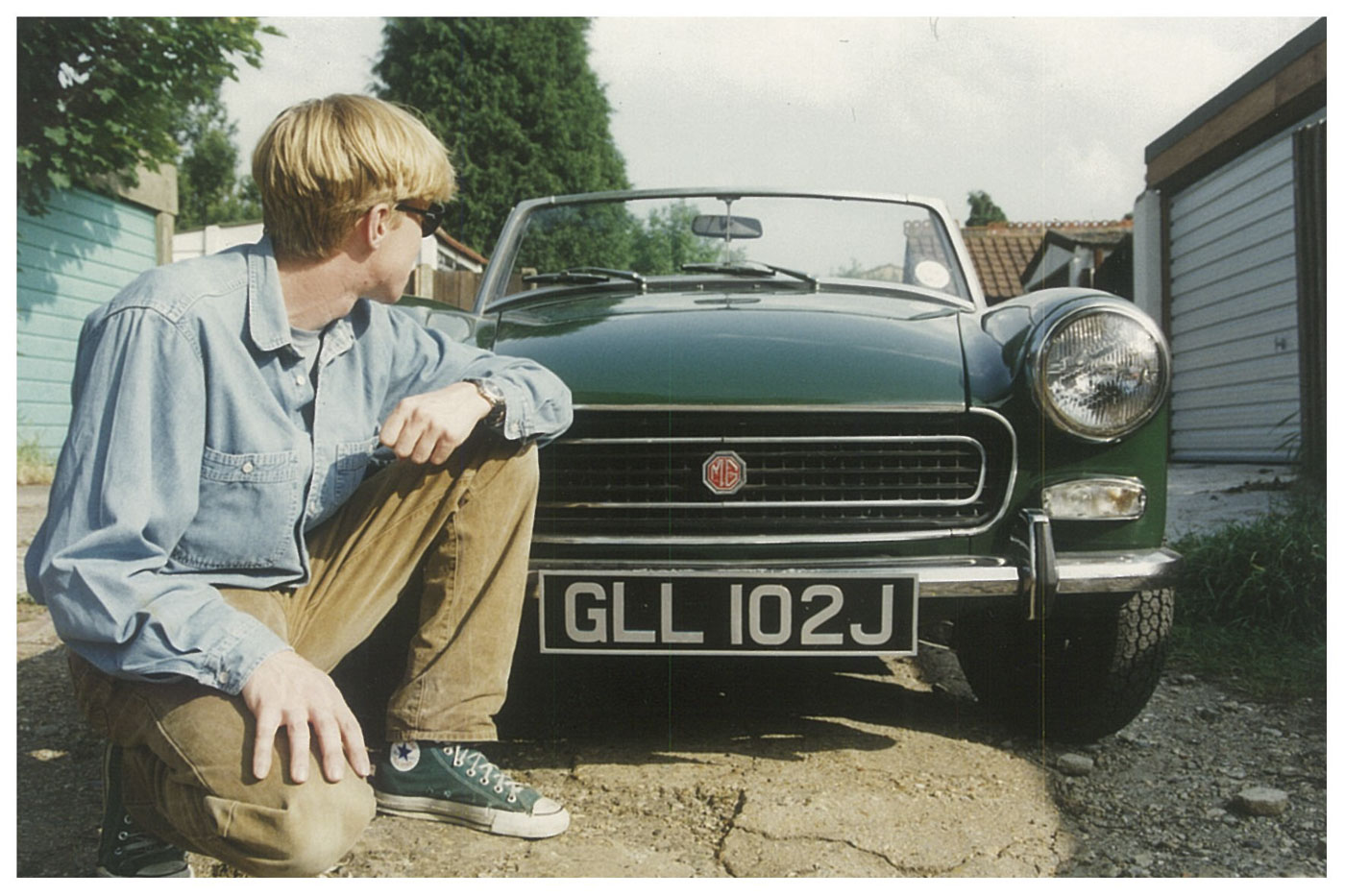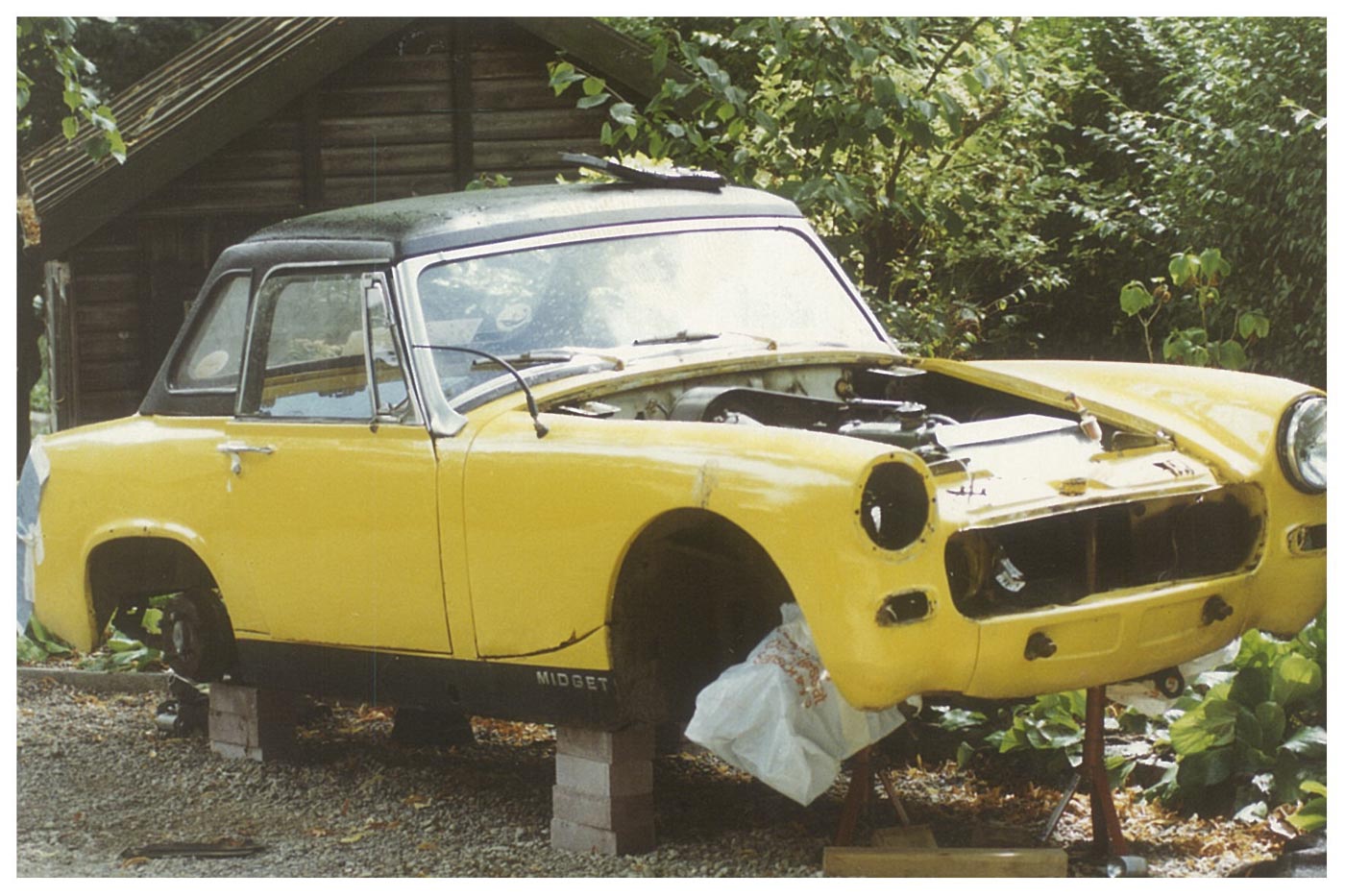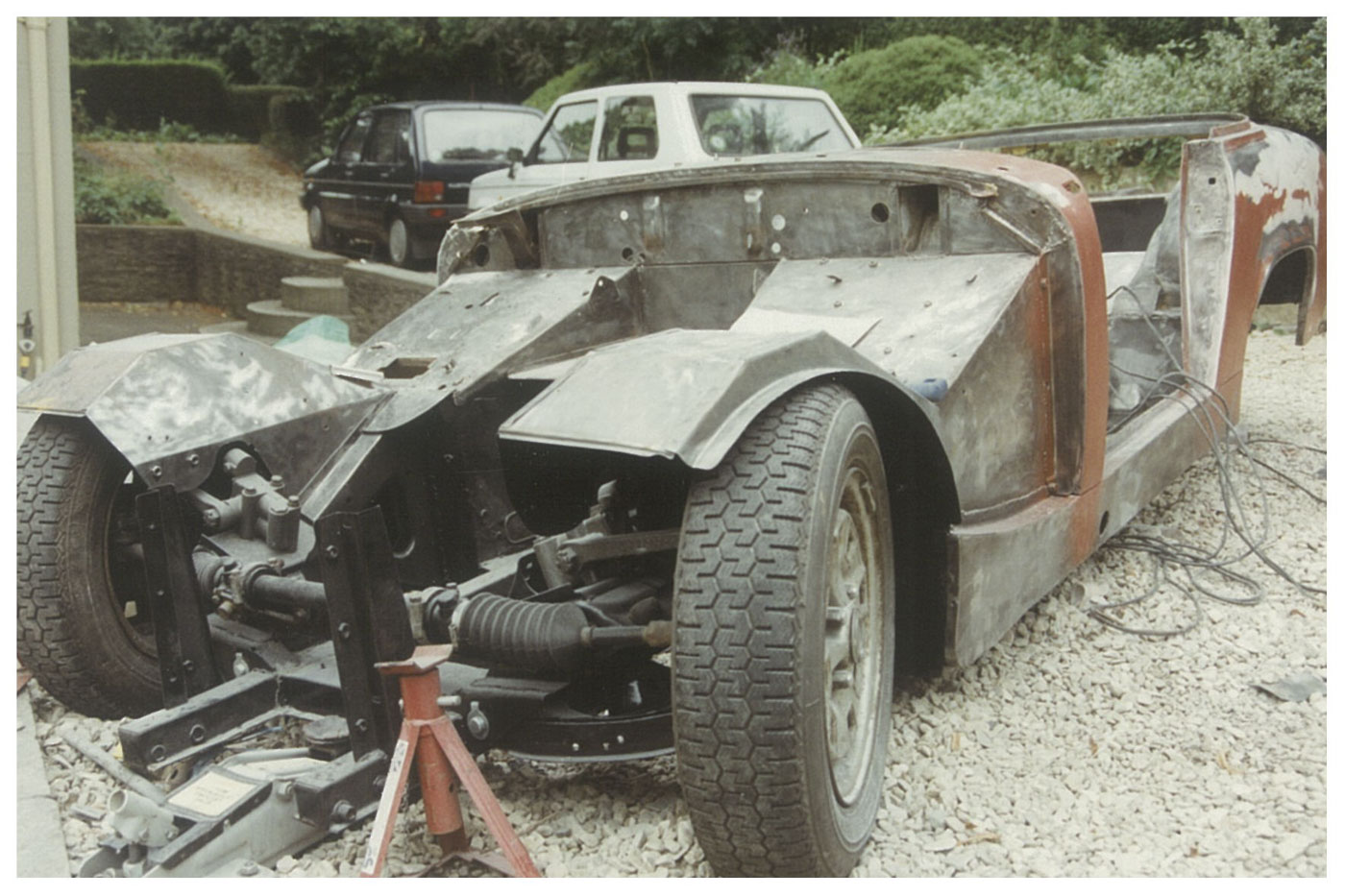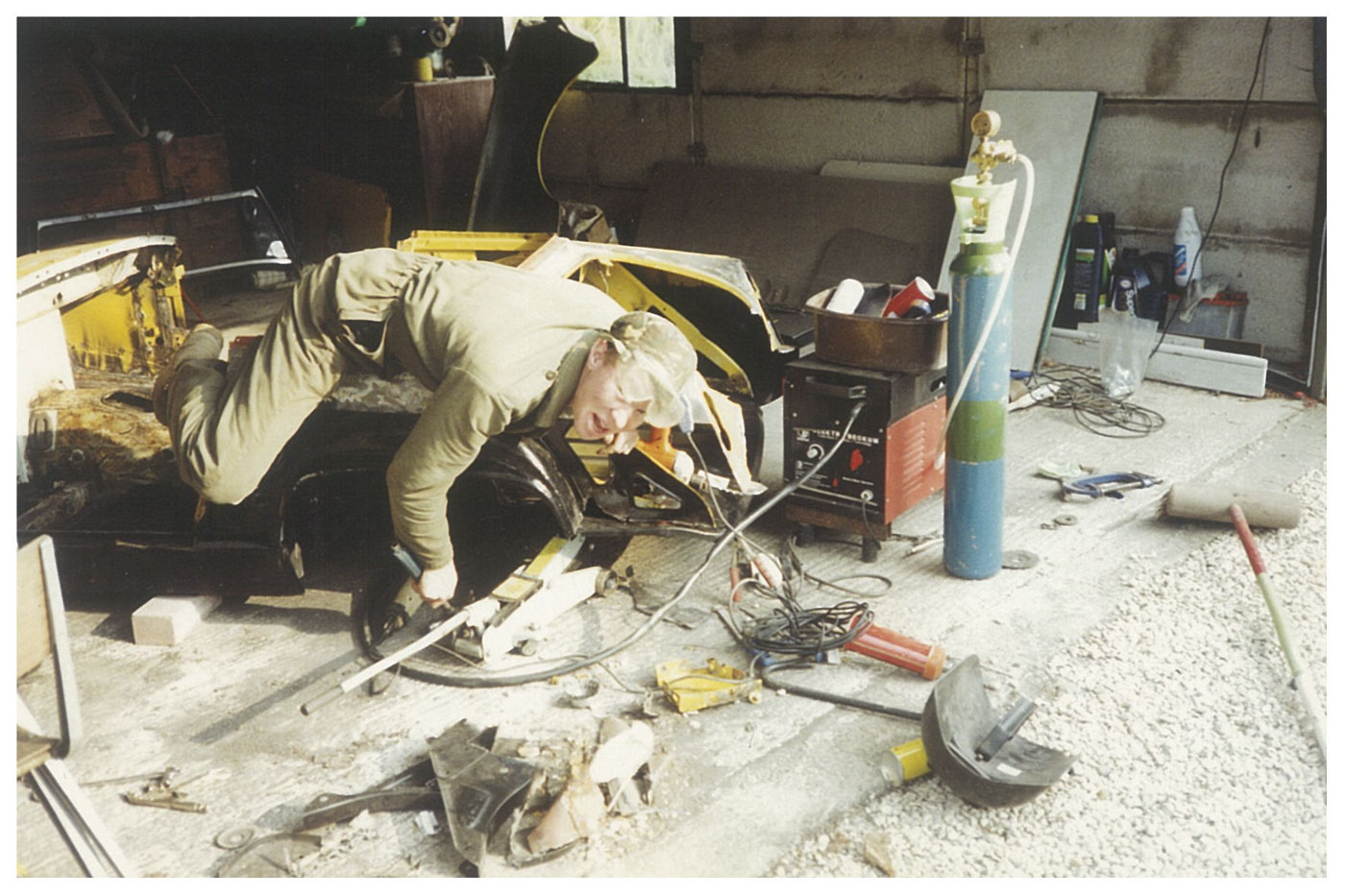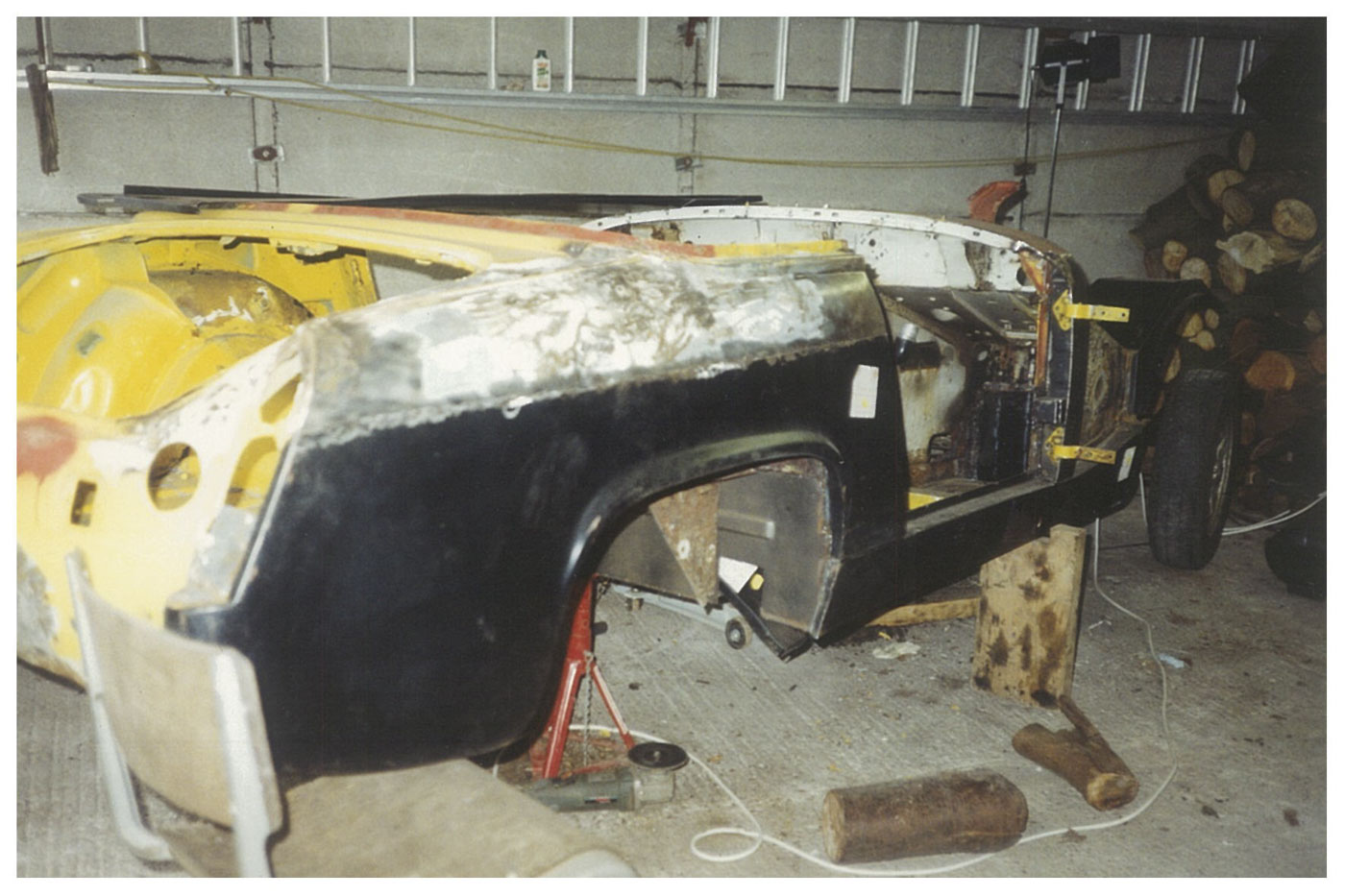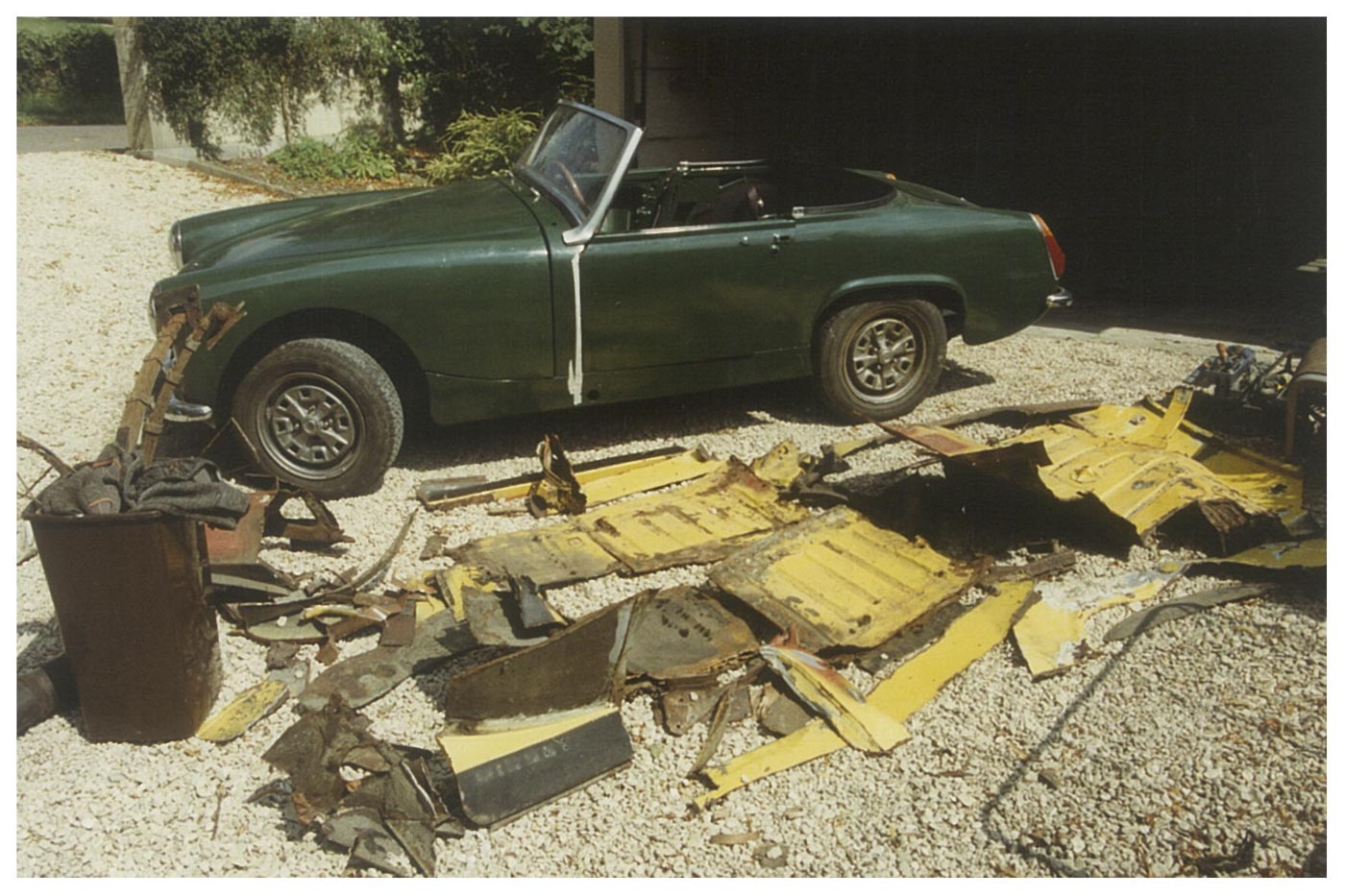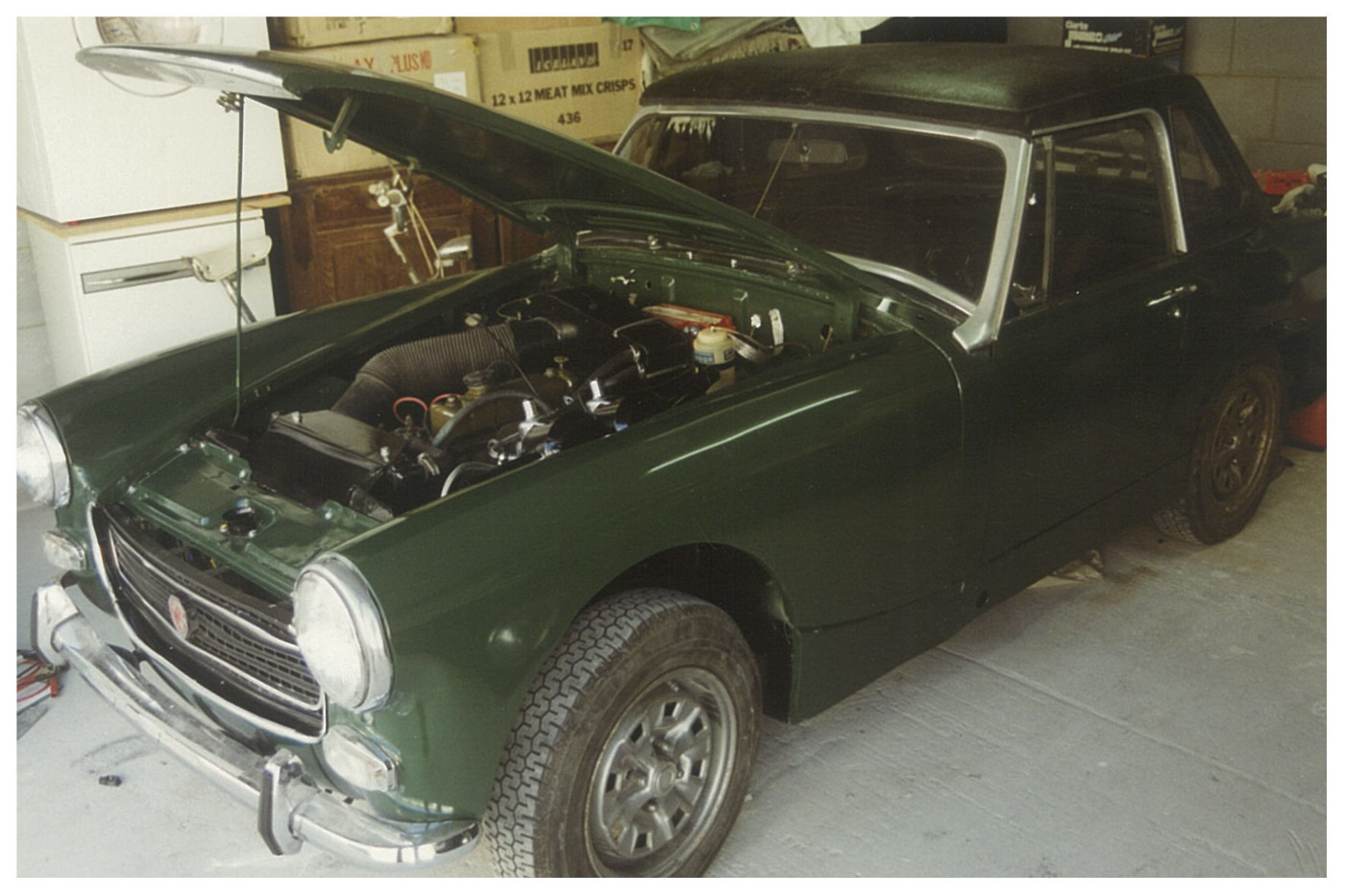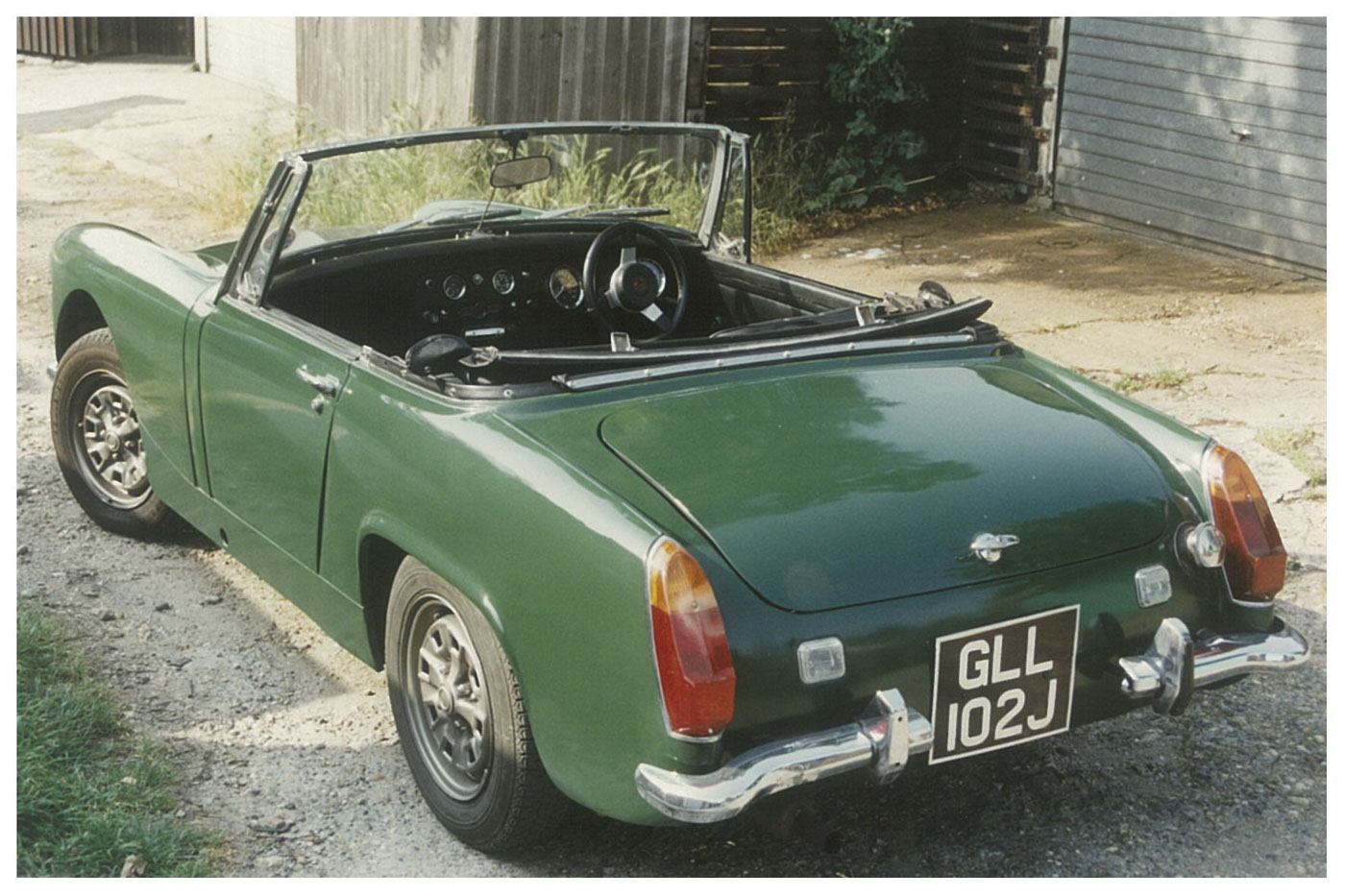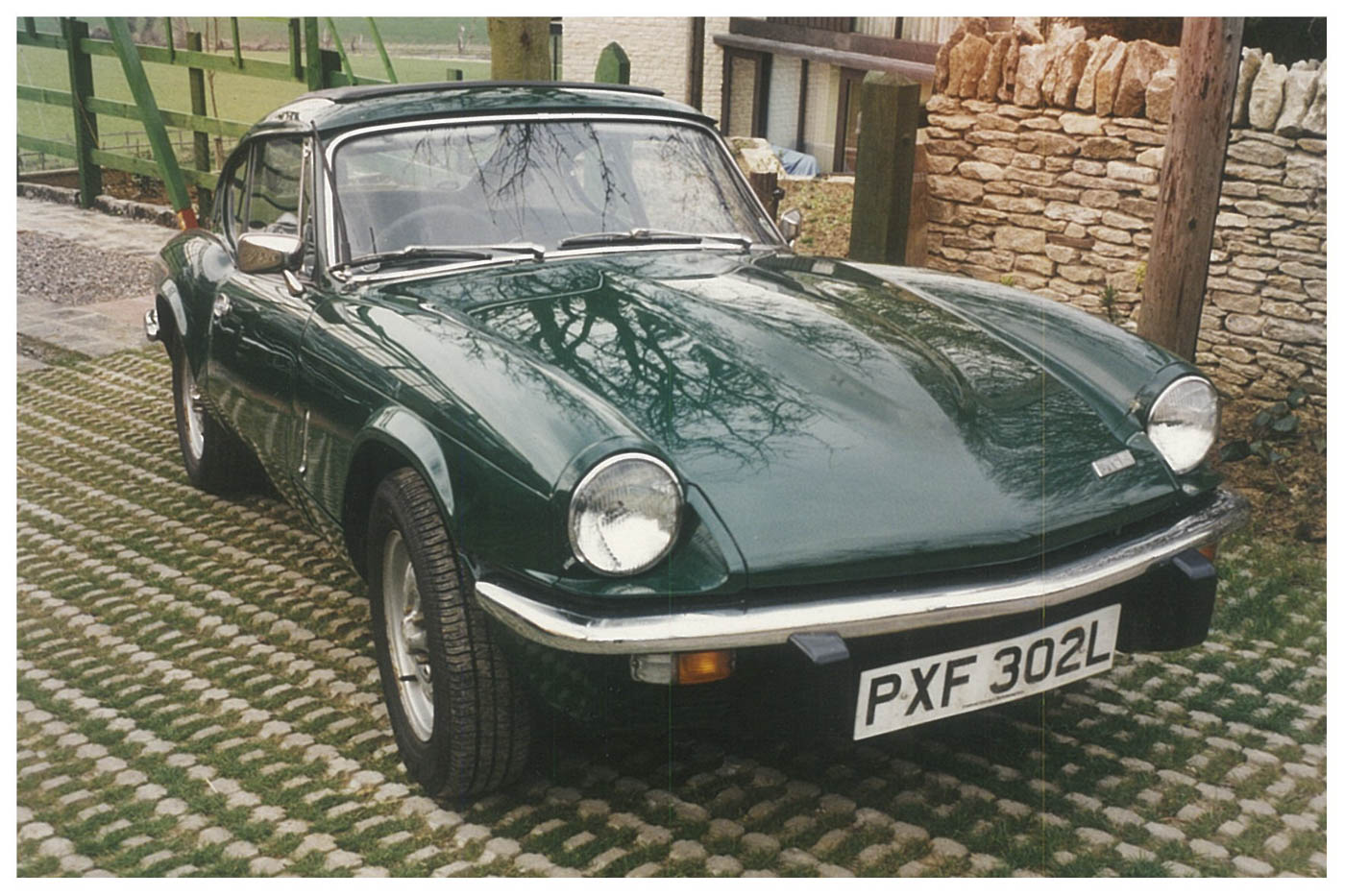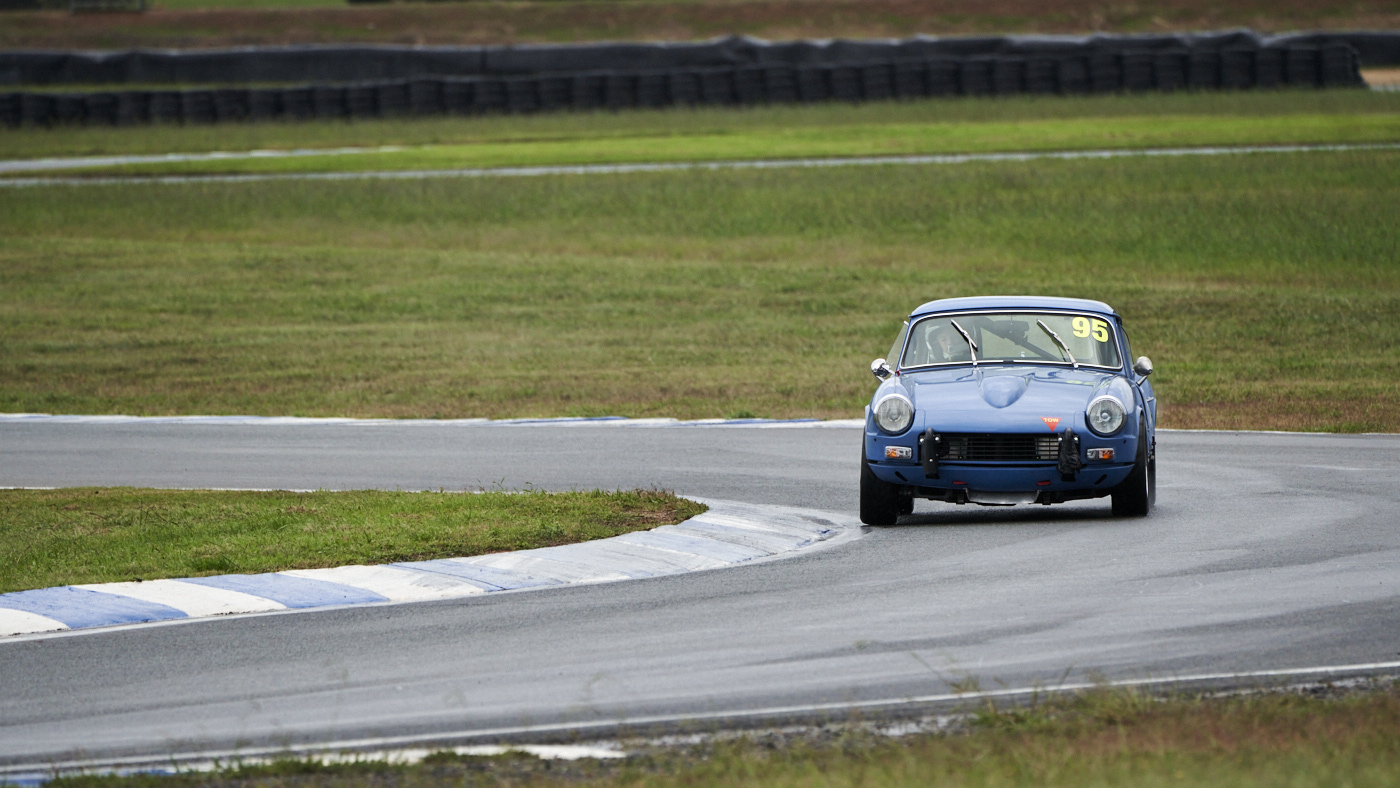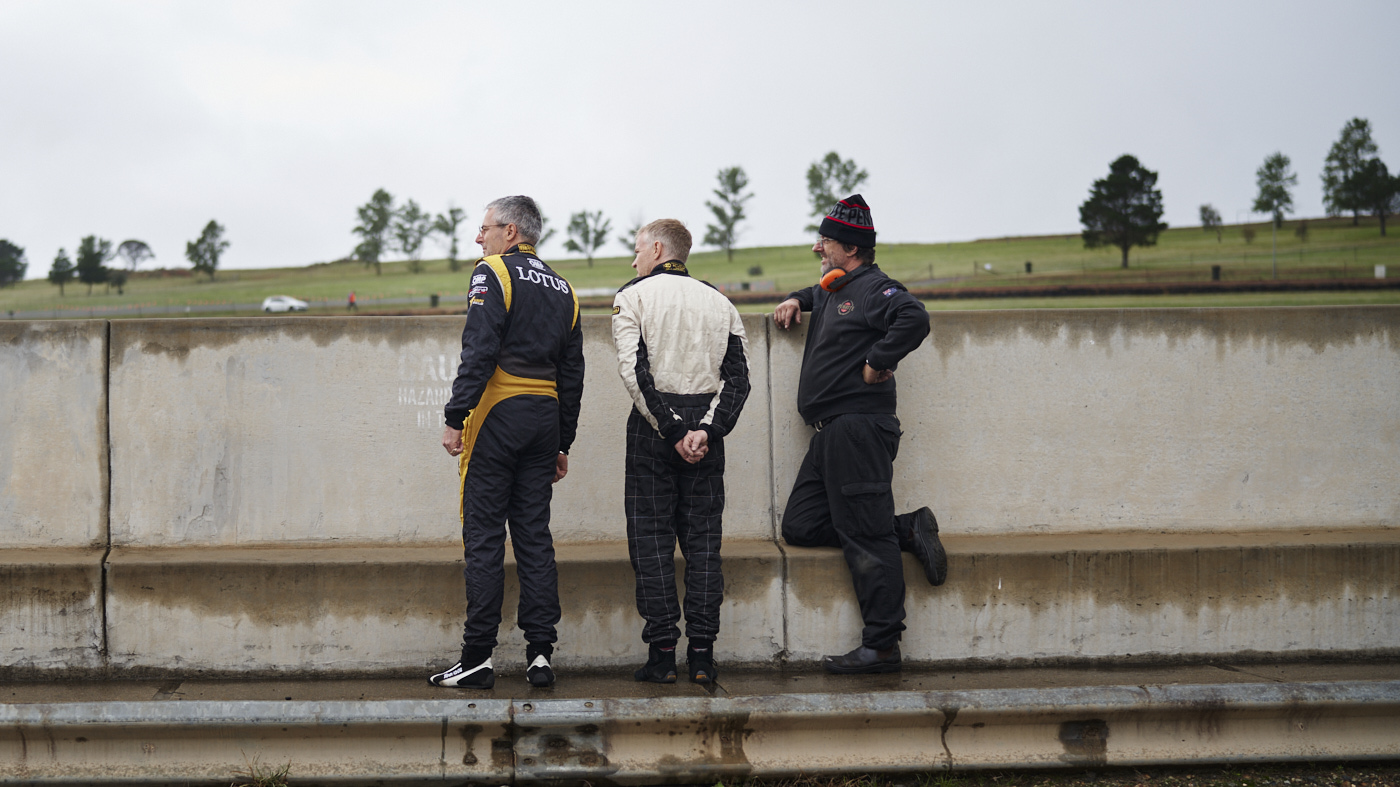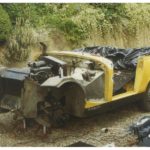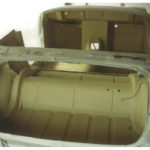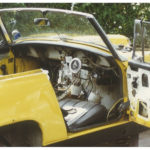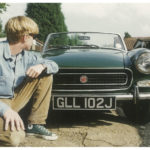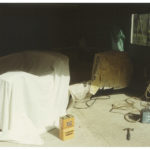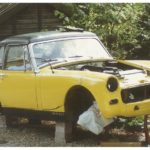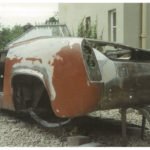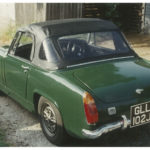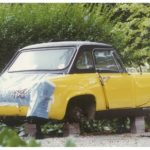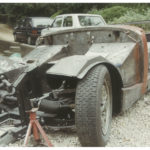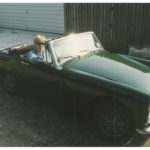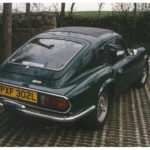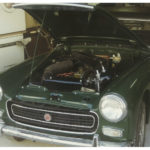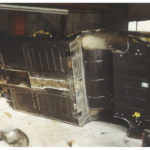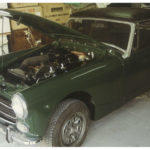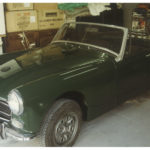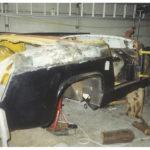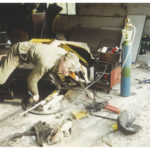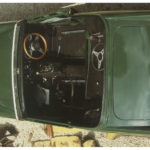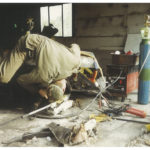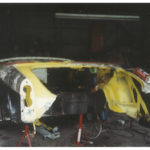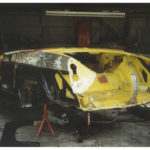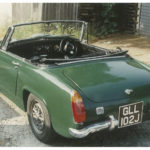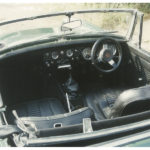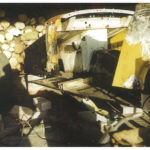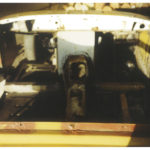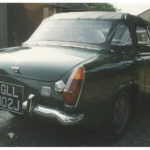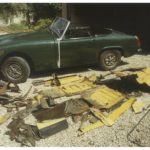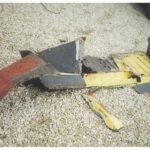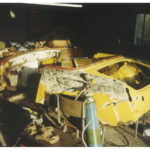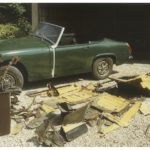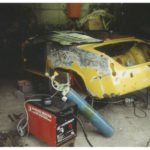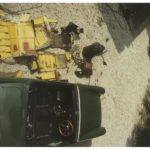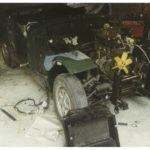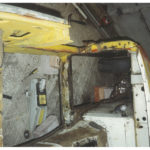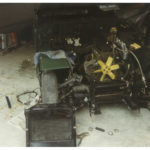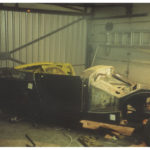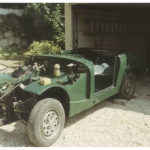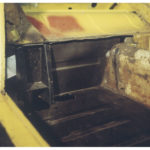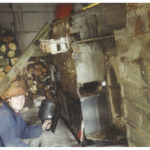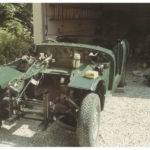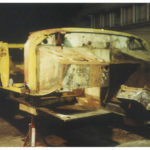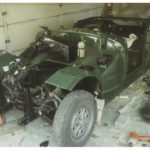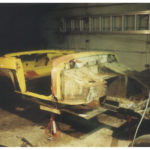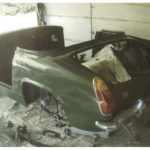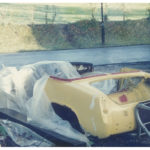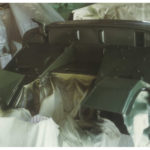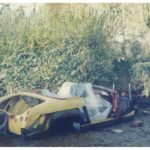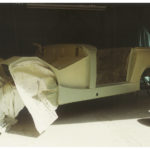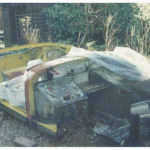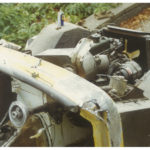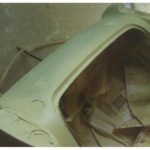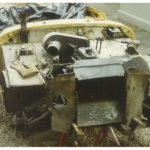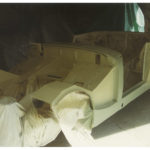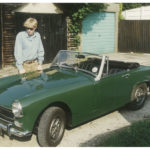Thanks to Mark McConnell
While we’ve hit pause on life for a few months to potter around at home, we wanted to take the opportunity to share a few stories from our community to keep things interesting and hopefully spark inspiration for projects and adventures.
In this story we catch up with Mark McConnell, who shares the story of restoring restoring a 1972 MG Midget as a student, and forming a lifelong connection with motoring, family and the motorsport community.
Story and images by, and thanks to, Mark McConnell
Like many of us reading this, my love of cars began at a young age. My father enjoyed his driving, and was no slouch on the roads, and I think I subconsciously grew-up from a very early age loving that sense of speed. I always had an eye on what he was doing, how the car reacted, how my body reacted, and the relationship of power, mass and gravity, and how you need to stay in control of it.
I was given a small ride-on toy tractor at about the age of 3, non-motorised (this is in 1974) and I loved it. I would spend hours whipping around the house and garden driving it, parking it, racing it. Even on that, with a mate pushing behind, I was learning about control, understeer and over-steer etc etc.
In my bedroom I soon found an old hardback book belonging to my dad that was about car design, probably published in the late 1950s with black and white photos of some amazing cars and the design powerhouses that were setting the scene and the designers within them. These included Michelotti, Raymon Loewy and Franco Scaglione at Bertone, the latter probably being the most memorable for what I thought at the time was the most incredible looking cars of all time, the BAT Alfa Romeo concept cars. These are utterly stunning works of art, engineering and design, perfectly proportioned, and summed-up everything this period in history was excited about – the jet age, aerodynamics, the space race and futurism. Cars were special.
Years later I went off to study design at college in South East London and met a few new friends, who are also car nuts. Both were working on their VW beetles, and Tim, who you will see in my photos, was preparing a ’61 for shows. It didn’t take long before I was over at his dad’s house helping him restore it. I got the bug (pun intended), and soon decided I needed to get my own classic to restore.
I actually purchased a 1973 MGB GT first, but when I started to assess what I needed to do and how much the parts were to do what I wanted, I soon realised I had taken on too much. Luckily, my tutor at college who ran the furniture workshops was looking for a project and bought it off me with a slight profit in hand! Having researched further, I decided to find a MG Midget, smaller and a little simpler to tackle.
I soon found a 1972 MG Midget in bright yellow for a steal, or at least that’s what I thought. As you will soon see, I was so wrong. If I had taken a magnet with me, I would have realised just how much bog was keeping this car looking as good as it did. Remember that I am in the UK here, and cars are driven on roads in winter that are regularly kept clear of ice and snow with liberal use of rock salt. My midget had obviously enjoyed many winter excursions!
As I got the car home and started to dismantle it, it quickly became apparent how much rot was hiding under the yellow paintwork. I thought it might be sills and lower front wings in the worst case scenario, but it just started to get out of control. You will see that I actually ended up replacing pretty much everything from mid-height all around the car. The only bits I didn’t replace were upper wings, bonnet, front bulkhead and transmission tunnel!
Restoring a car requires learning all sorts of new skills, but more than anything it takes commitment. Once you start, you have to make sure you push yourself to see it through to the end, and in my case that meant saving all my pennies to put into the car, and wearing rags if the job required it.
This project took me about 3.5 years, my entire student life, but I enjoyed every minute of it, and learned so much. I learned to cut and weld, shape metal, to dismantle complex components, tag & bag, wrestle with rust, prepare bodywork and paint, then assemble components and upholster. While a lot of bodywork required new panels, and I decided to replace most of the suspension components, nearly everything else was cleaned-up and re-used. I even stripped the wiring loom right down and re-wrapped it. New carpets completed the project.
The engine and gearbox were the only items that I didn’t have to do much on as I bought the car with both items recently reconditioned.. phew! In hindsight it would have been nice to have tackled those too, if only to learn more about them, but I would never have been able to afford this at the time, so I was lucky really.
I remember that on finishing assembly, I was itching to start up the car for the first time. It was looking amazing, with just a few interior bits to finish before I could take it for its MOT test (pink slip). Thankfully it started well, but my initial elation was quickly replaced with panic when I started to see smoke from under the bonnet, dripping on the ground below and the smell of warm oil in the air. I quickly turned off the car and popped the bonnet, where the entire pristine engine bay was covered in fresh oil.. I nearly wept. The oil pressure sender pipe to the gauge in the dash had kinked and split.
The car made it through its MOT after a bit of fettling with suspension set-up at my dads mechanic, and it was ready to enjoy.. only I couldn’t. I had literally spent all my money on it and couldn’t insure myself. I had just finished my degree and the UK was in recession in the early 90s. No jobs around, I was working for free and ‘on the dole’ just to get some experience.
Eventually, I found work in London while my car remained with my dad in Bath, who decided he would run it in some navigation rallies he often took part in with his SP250. Some months later he had ‘an altercation’ with another object during the John O’ Groats to Lands End rally and wrote the car off. I never saw it again.
So is this the end of my story? Well not exactly. Soon after, my dad asked me to come with him to see a MK3 Triumph GT6 he had seen advertised that was recently restored. We popped down to Devon to see the car, and before I knew it, he made me a Triumph GT6 owner. I owned the car for about 10 years, and loved it. The Ford Escort boys in town couldn’t keep up!
So, this is why I now own a GT6 race car and have a heap of fun with it, joining everyone at the HSRCA events when I can. It reminds me of good times with my old mates, of my late father, of great old cars I have loved driving with him, and just brings me the thrill of taking a car to the ragged edge, finding the balance through the seat of your pants, and then sharing one’s experience with other like minded enthusiasts no matter what car they’re driving.
Thanks needs to be given to my parents for allowing me to take over the garage and driveway and store all my parts in and around the house, for my mate Tim for teaching me to weld and paint and just get into it, and to my girlfriend Micheline who loved me regardless of how I presented myself (usually in oily rags) and eventually married me!
Would I do it again? If I was in the UK, definitely. While I would love to do another full project here, the reality is parts are so expensive to buy and deliver to Australia it no longer makes much financial sense. Find a great car and just look after and enjoy it. And that means drive it!
If you enjoy driving old cars fast, see you out there on the track. Keep it safe.
Mark McConnell

